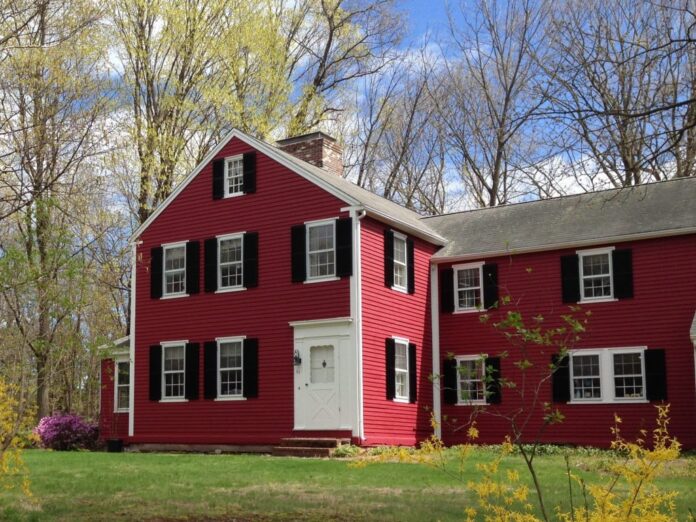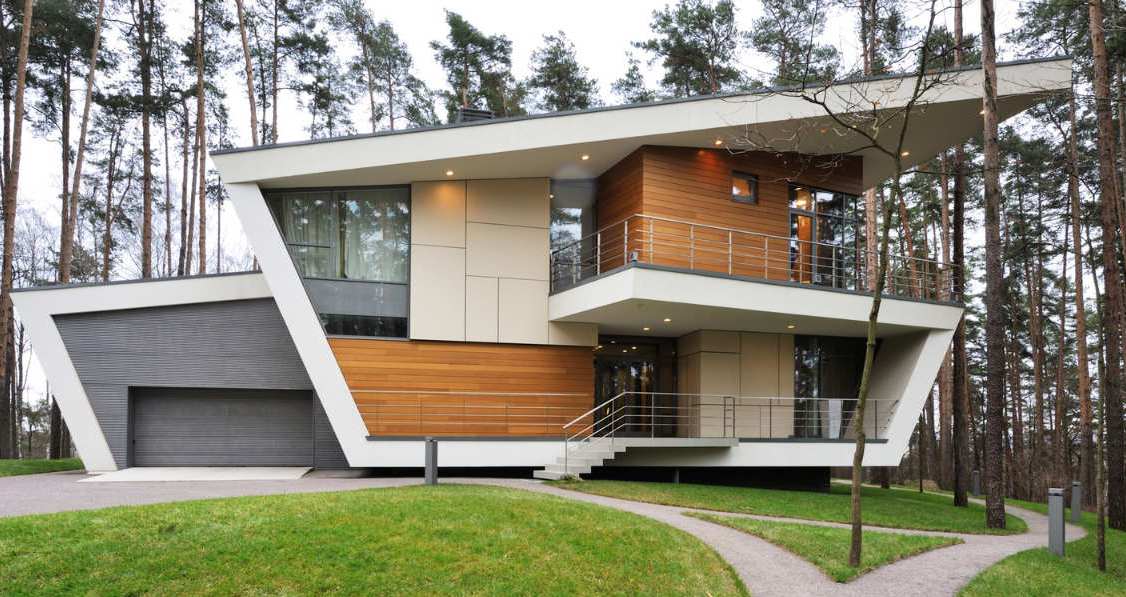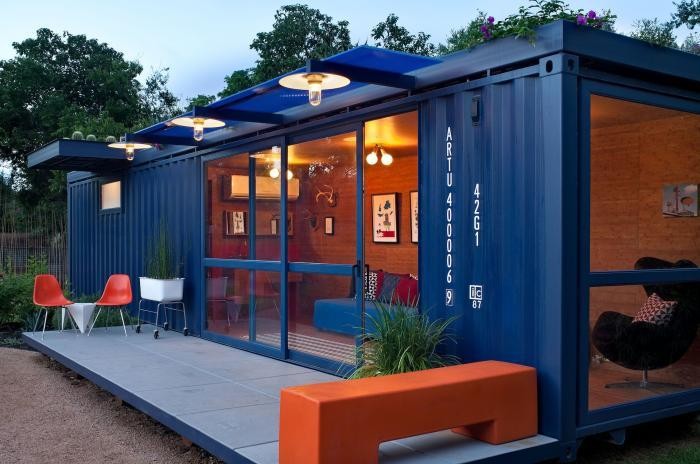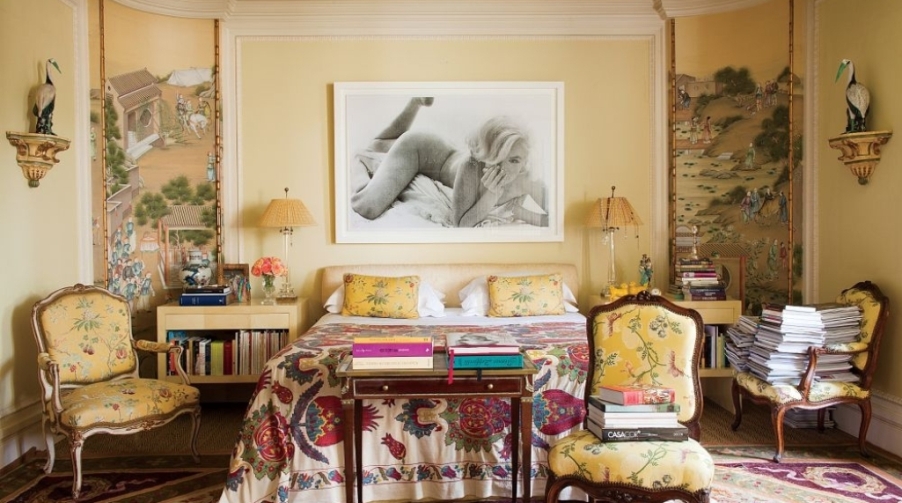When it comes to selecting the exterior paint color of your home, it can be an overwhelming and daunting process. Due to the array of options that we have with modern paint technology, the process of selecting the right paint color has become more than a one-time trip to Home Depot. Painting the exterior of a home is not as budget-friendly and forgiving as painting the interior walls of a guest bedroom would be; this is why it is essential to make the correct choice the first time. As the owner of a historic home, the choices you make in regard to paint colors impact the overall beauty and architectural style of your home and even your neighborhood. Here are some tips on how you can make the perfect color choice for your historic home in Boston.
Take a walk through the neighborhood
One of the most disappointing things to see when exploring a neighborhood is a house that stands out all on its own (and not in the right way). Houses like that become eyesores and can decrease their overall value. Fortunately, some historic Boston districts have guidelines set in place to make sure that things like that don’t happen. For those that do not, it is still essential to make choices that create harmony and curb appeal in line with the rest of the neighborhood. If the neighboring homes are a gray tone, you probably want to consider choosing a color within that same family.
Don’t worry about your home looking like a carbon copy of the others in the neighborhood; the best thing about historic homes is that they are all naturally capable of standing out on their own due to their unique character.
Incorporate your personal favorite
Although important to be in color harmony with the neighborhood, that doesn’t necessarily mean that you have to compromise on what you like. It is still very possible to include your favorite color and shade in your plan for your historic home. Use your must-have color to help you find other tones that complement it well.
Your favorite color choice doesn’t have to be the primary exterior color, but it could be that perfect accent color that makes your front door stand out and seem more inviting. Be sure to incorporate the accent shade throughout the exterior a few more times so that the overall design is more cohesive.

Grab more than one color
One mistake that a historic homeowner can make is choosing the same color of paint for the exterior walls and trim. The majority of historic homes have a distinct differentiation of color between the walls and trim, with a trim that was darker in tone to draw your eyes toward the details. In selecting a second color choice, consider the details on your home that you want to draw attention toward, like the louvered exterior shutters, balustrades along exterior balconies, and moldings along the porch. Choose a color that will graciously highlight these features all around the exterior of your home.
It is also a common misconception that the colors back in the 18th-20th centuries were dull. Modern researchers have found that many homes were painted with vibrant colors that through time, have become faded. Your historic Boston home might be able to withstand a strong color palette of your choice that looks refreshing in every season. To further narrow down your colors, be sure to also take a look at the elements around your home that you don’t plan on changing, such as any original brickwork, shingles, or the driveway. Choose a color scheme that will naturally blend well with these elements.
Make use of the time period
The distinctive character of every historic home lies within the time period in which it was built. Every period was graced with its own particular look and style. For example, 17th-18th century homes are recognizable by their lofty pitched roofs and asymmetrical windows and doors. Determining the period in which your home was built can help you with selecting a paint color appropriate to that time.
- Georgian homes have a symmetrical design along with paneled front doors and a decorative crown. These homes were typically yellow or brown.
- Federal historic homes, often considered a more contemporary rendition of the Georgian style homes, are characterized by a typical box-like structure going 2 to 3 stories high. Colors for these homes were typically white, cream, or straw. For the Federal homes, which were owned by people considering themselves more conservative, pea green, red, and slate were the primary exterior colors.
- Greek Revival homes generally have a side entrance with a gable-front orientation. This style of home was usually painted a lighter color such as white.
Architectural historians have made information like this widely available to help homeowners identify and aid in the preservation of these periods. As a homeowner, it is a wise decision to inform yourself on the specifications of the time period of your home to help you decide whether you would like to keep the original color or update it to a more modern choice.
To make the paint selection process more efficient for you, consider hiring a team of Boston painters who have a wealth of knowledge about paint colors within your time period.
Experienced paint contractors are equipped with the tools and wisdom required to analyze and determine the exact original color of your historic home’s walls and finishes, and advise you on your color selection for your exterior home updates.

Experienced paint contractors are equipped with the tools and wisdom required to analyze and determine the exact original color of your historic home’s walls and finishes, and advise you on your color selection for your exterior home updates.
Exterior paint jobs generally last about ten years with proper care. When making your color choice, be sure that it is something you are comfortable living with for an extended period of time. Choosing classic colors helps you to maintain the value of your home while also staying within the trends of the time. If you are having trouble with choosing the right color, contact professional Boston painters to assist you in finding the perfect palette for your historic Boston home.


















